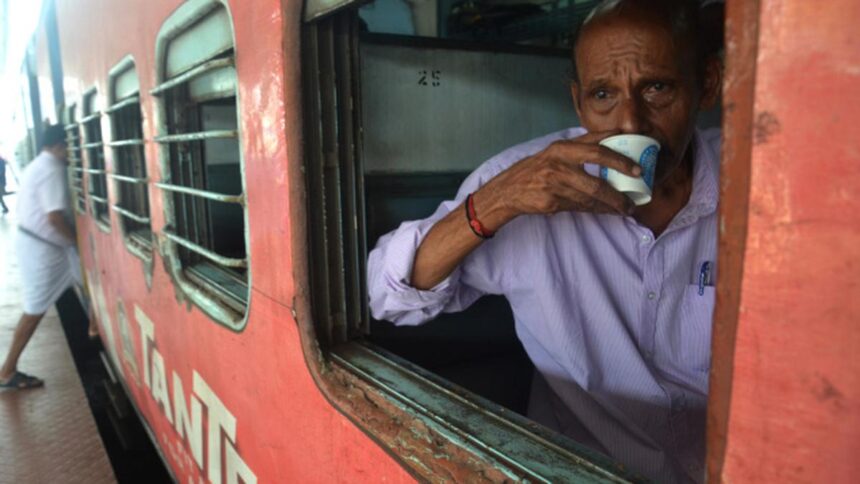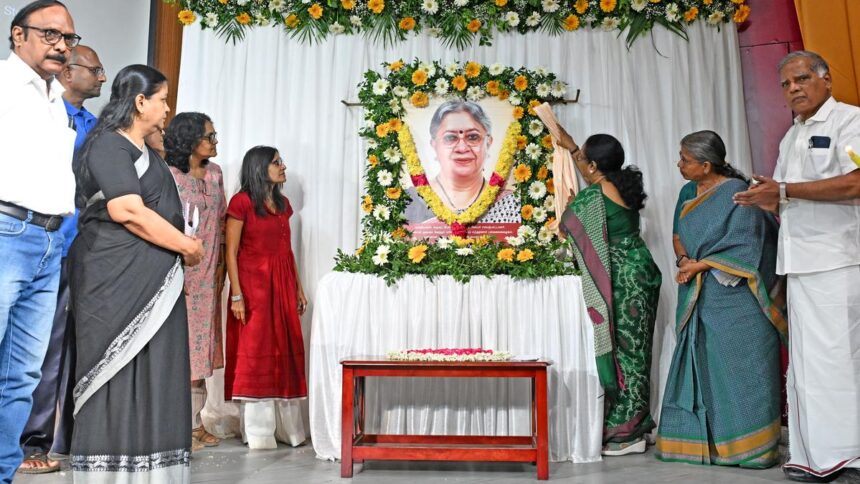
Green gram crop destroyed due to excess moisture at Honna Kiranagi village in Kalaburagi district of Karnataka.
| Photo Credit: ARUN KULKARNI
Two months ago, agricultural fields in Veerendra’s village in north Karnataka were carpets of shimmery green under the early monsoon sun. The 42-year-old farmer from Indarpad Hosalli at Chincholi taluk in Kalaburagi district had every reason to smile. Monsoon had arrived on time, soaking his eight acres of green gram and four acres of black gram fields. In June, when the monsoon gathered strength, he sowed red gram on another 10 acres.
He bought seeds and fertilizers on credit, and borrowed another ₹50,000 from traders in Kalaburagi for hiring labourers and machines, promising to sell the crop to them. He dreamt of clearing his debts, and saving enough to begin the next season debt-free.
“I was certain that this year would change everything for me, but, in just 15 days, rains destroyed everything I worked for,” Mr. Veerendra said.
Yallalinga, another farmer from Garampalli village, had a similar story. He lost three acres of green gram in the rains. “I am now drowning in the same rains that I prayed for,” he said.
Story of thousands of farmers
This is the shared grief of thousands of farmers across Kalaburagi and surrounding districts, a region called the ‘toor bowl’ of Karnataka for its vast pigeon pea fields. Persistent rains have soaked the soil until it suffocated the roots, and crops started turning yellow.
The green gram, which was at the pod-setting stage, collapsed. The black gram wilted in mid-bloom. Even the sturdy two-month-old red gram is in danger. From one village to the next, swathes of green gram, black gram, and red gram are dying in the fields, unable to survive the excess moisture.
Sprouting in pods
According to the Agriculture Department, red gram covers 5.87 lakh hectares in Kalaburagi district, green gram 58,000 hectares, and black gram 33,000 hectares. For many, the green gram had looked especially promising this season, but continues rain in the first half of August has inundated fields. The crop is unfit for harvesting and, in some places, sprouting in the pods.
“If this continues for another week, the farmers will lose entire crops,” said Vasudev Naik, a farm scientist and head of Krishi Vigyan Kendra–2 in Raddewadagi village.
The Agriculture Department has not yet quantified the damage. “We have asked our assistant directors to submit detailed reports,” said Samad Patel, Joint Director of Agriculture.
Jammed phone lines
Farmers who insured their crops under the Pradhan Mantri Fasal Bima Yojana are facing a new hurdle – they are unable to report their losses through the official phone lines, which are jammed.
Samad Patel, Joint Director of Agriculture, said, “The number of calls is too high for the limited staff to handle. We have instructed Raitha Samparka Kendras to accept physical reports so that farmers are not left out.”
Published – August 18, 2025 01:35 pm IST






















